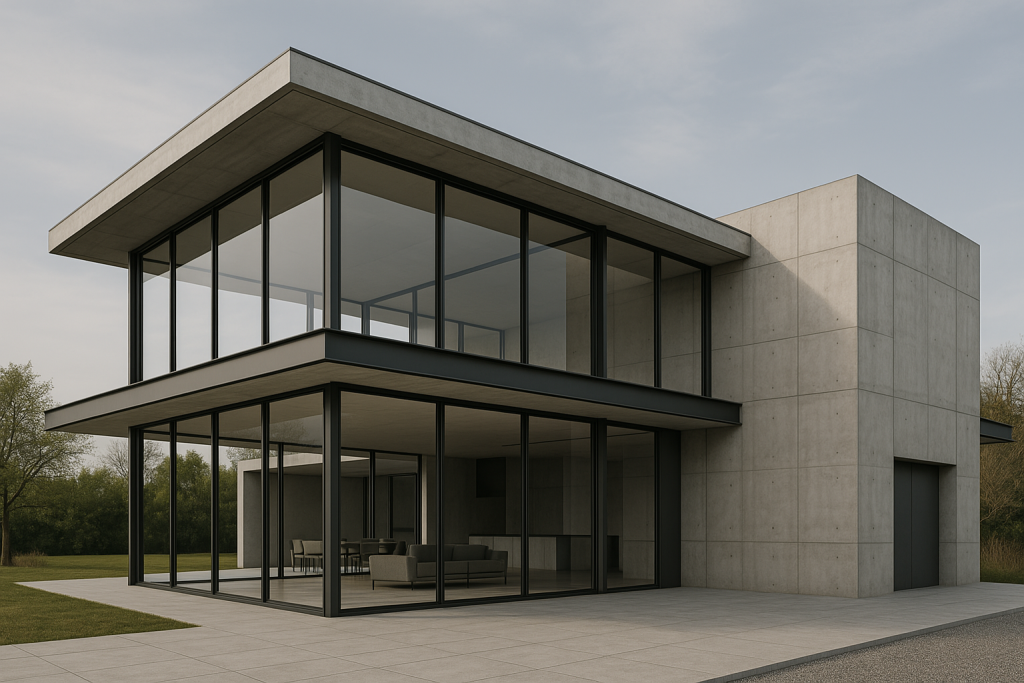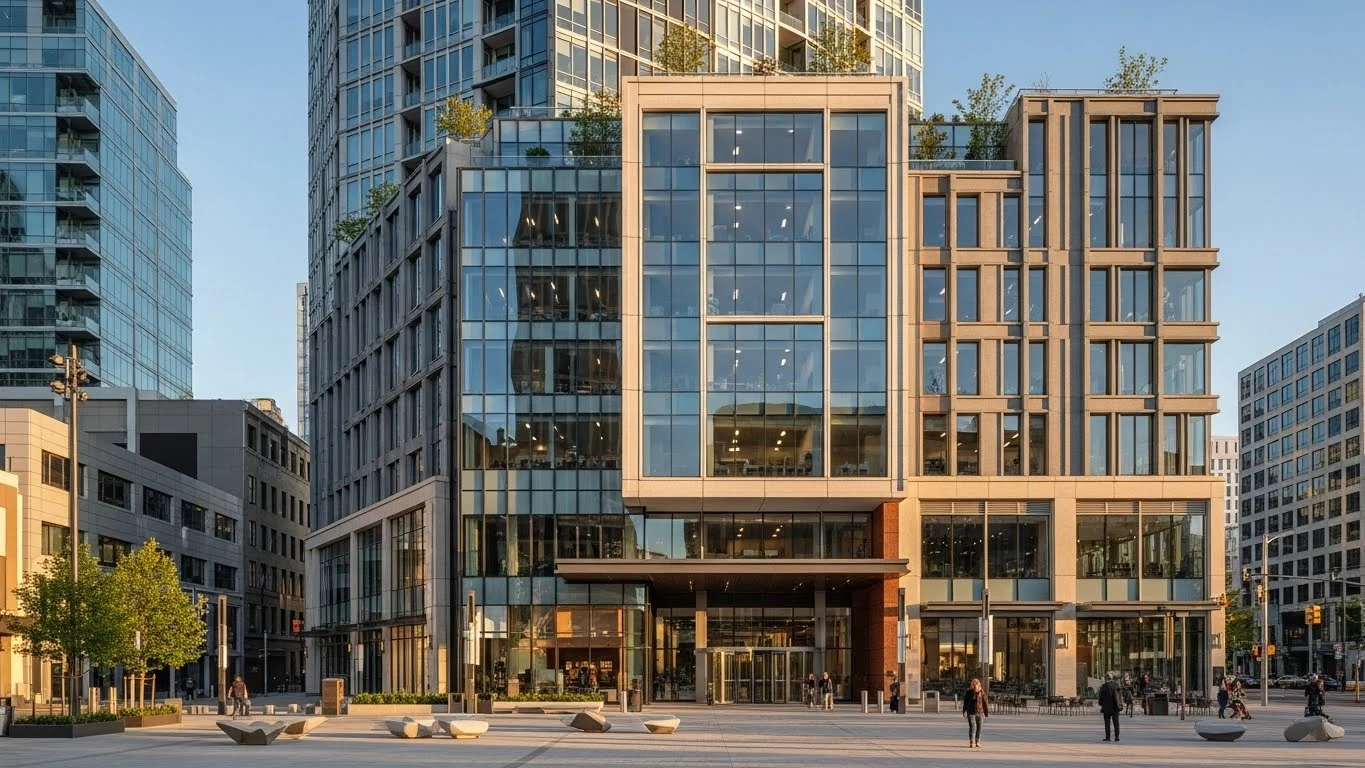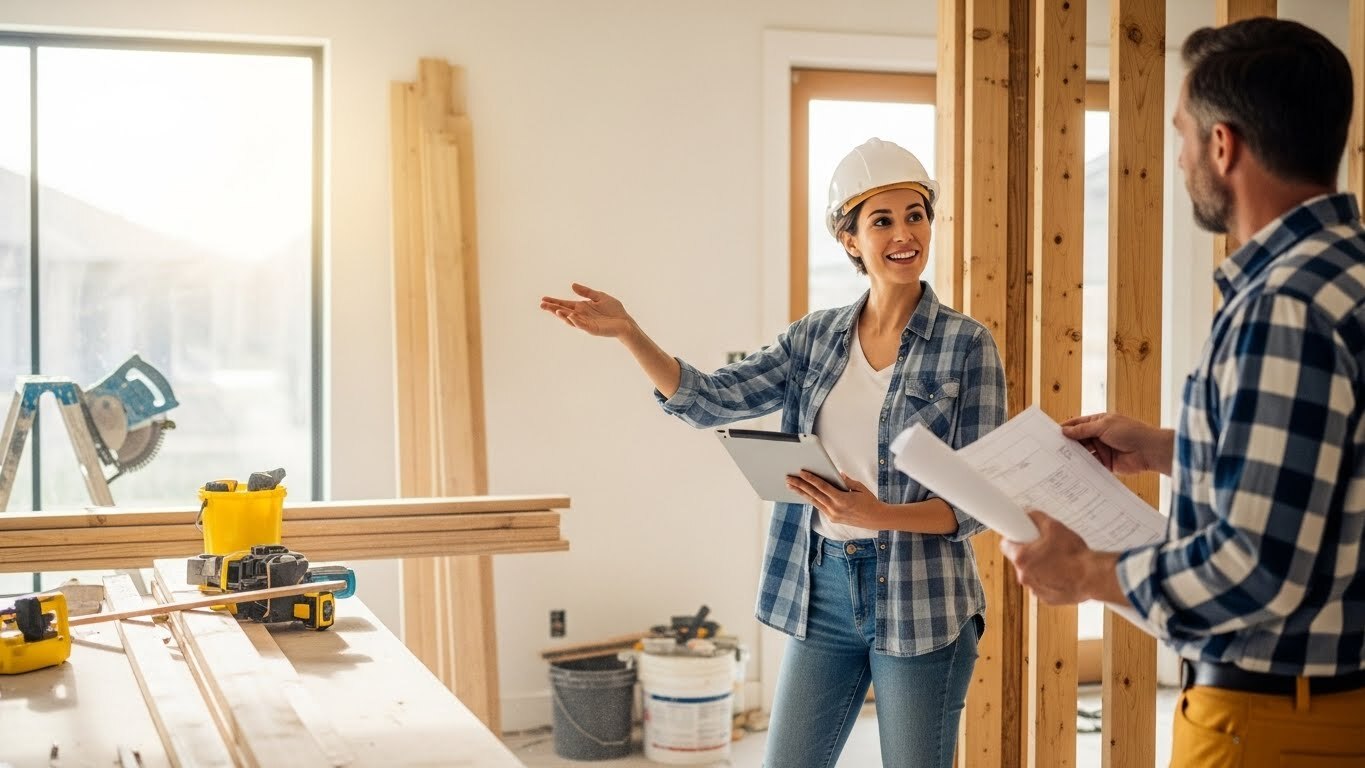Code compliance is not the finish line. It’s the bare minimum. Too often, buildings are designed merely to pass inspections—not to enhance the well-being of those who inhabit them. But at VQ Design, we believe that true performance in architecture goes beyond the basics. Our mission is to create spaces that don’t just meet energy codes but enhance comfort, balance, and quality of life throughout the year, in all climates, and over time.
In Performance Engineering Architecture (PEA), we move past mere checkboxes and adopt an integrated systems approach. We measure success not just by BTUs saved but by how people experience and live within the spaces we design. For us, true performance means comfort, clarity, and a better quality of life for occupants.
Modeling Beyond the Metrics
While energy codes provide a necessary baseline for efficiency, performance modeling enables us to explore greater possibilities. By utilizing advanced simulation tools like ClimateStudio with Rhinoceros3D, WUFI Passive, and energy modeling engines integrated within BIM platforms, we can:
- Optimize daylight autonomy without overexposure.
- Model passive solar gain to reduce reliance on mechanical systems.
- Predict thermal lag in wall assemblies and slab systems to improve thermal performance.
- Quantify occupant comfort through adaptive thermal comfort models that adjust for personal preferences.
This level of Performance Engineering Architecture allows us to design buildings that don’t just perform well on paper, but perform excellently in real-world conditions—across hours, seasons, and years.
Passive Systems: Designing with the Sun, Not Against It
Passive solar strategies remain one of the most effective tools in the performance designer’s arsenal. When properly calibrated to the site and season, passive systems reduce operating costs, increase occupant satisfaction, and enhance the architectural clarity of the design.
Key passive systems we employ include:
- Solar orientation: South-facing glazing is balanced with thermal mass to capture sunlight and store it for warmth in colder months.
- High R-value glazing: To admit light without allowing heat to escape.
- Thermal mass: Floors and walls absorb heat by day and release it at night, moderating indoor temperatures.
- Overhangs and shading: These elements are designed to block the high summer sun and let in low winter light.
- Light shelves: These features help bounce daylight deeper into interior spaces, reducing the need for artificial lighting.
In PEA, these strategies are not add-ons or afterthoughts—they are primary architectural elements that shape the form and function of the building itself. They are integral to creating energy-efficient architecture that enhances occupant comfort.
Comfort is the Goal. Code is Just the Start.
While energy codes specify what insulation to use and how efficient a mechanical system must be, they don’t address how it feels to sit in a living room in winter, or how glare might affect productivity in a home office during the summer. This is where occupant well-being metrics come into play.
We consider the following factors to ensure optimal comfort:
- Radiant comfort: We prioritize radiant heating and cooling to improve thermal regulation and reduce energy consumption.
- Air quality: Our ventilation strategies exceed standard code requirements, improving health and reducing airborne contaminants.
- Acoustic comfort: We carefully select materials and design spaces to control reverberation and sound isolation, particularly in dense or multigenerational living situations.
- Circadian rhythm support: Our daylight design is aimed at supporting natural wake/sleep cycles, improving psychological well-being and overall comfort.
At VQ Design, we focus on how people feel in the spaces we create. Performance isn’t just about energy savings—it’s about creating a sustainable home design that supports the comfort, health, and well-being of its inhabitants.
Architecture that Works With You, Not On You
Too many modern buildings rely heavily on mechanical systems to compensate for poor design—systems that correct issues related to inefficient building architecture design or mismatched materials. But that’s not performance. That’s correction.
At VQ Design, we take a different approach: we design with the site, the sun, and the seasons in mind. We build the envelope to do the heavy lifting. Mechanical systems are used as a supplement, not a crutch. This approach ensures that the building functions as efficiently and effectively as possible while maintaining elegance and harmony with its environment.
Conclusion: Designing the Invisible
The best-performing buildings don’t announce themselves. They simply feel good to be in. The light is soft. The temperature is steady. The air is fresh. The systems are quiet, unobtrusive. There is no battle between the building and its environment—only balance.
This is performance by design. It’s not just compliance—it’s coherence. It’s not just savings—it’s sanctuary.
Because when buildings are designed for life—not just for inspection—they don’t just work better. They live better. At VQ Design, we believe that the true measure of performance is how well a building supports the daily lives of its occupants, creating spaces that foster comfort, well-being, and lasting value.




